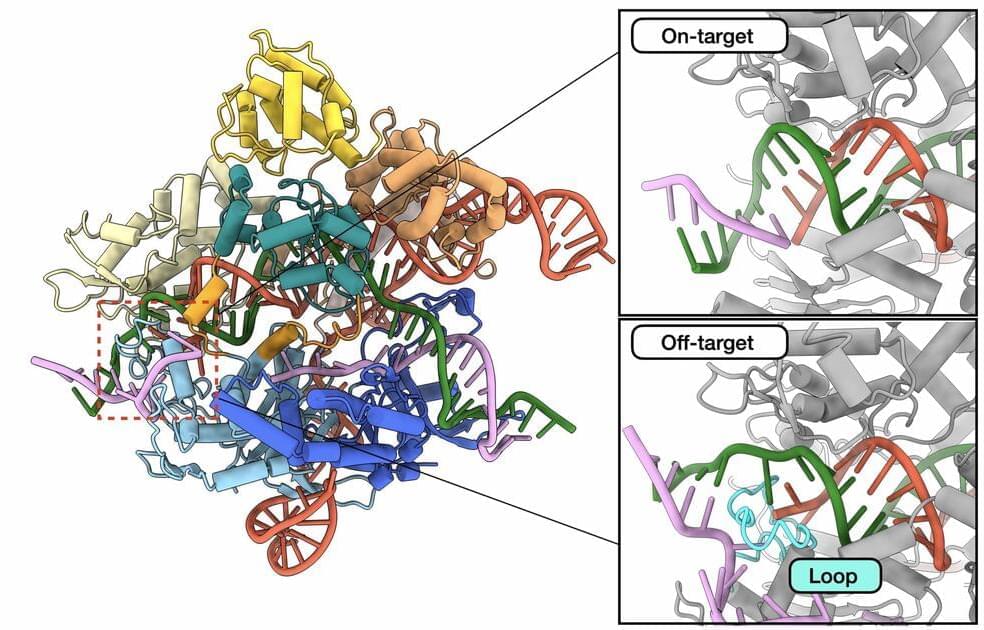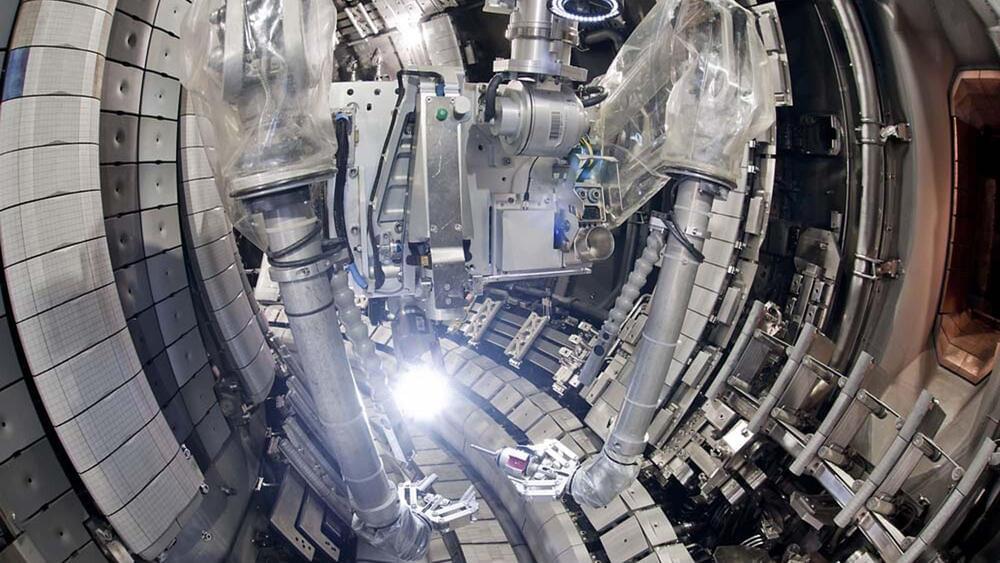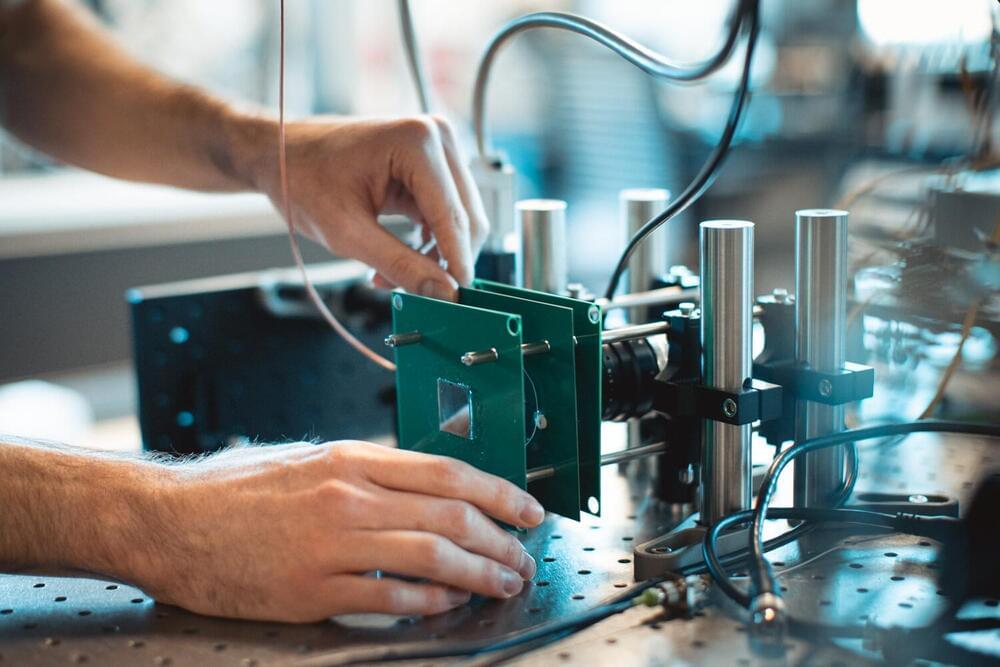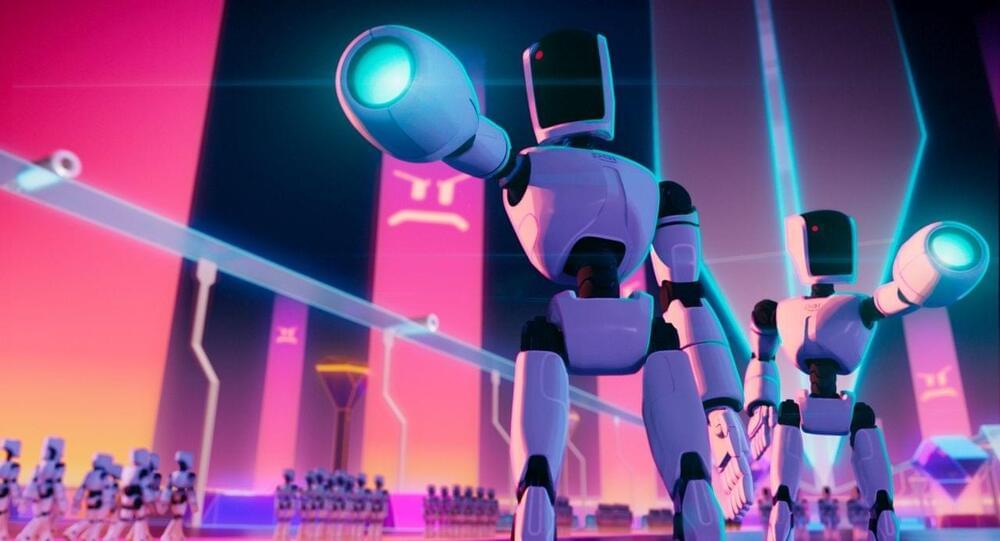I’m trying to recall a sci-fi short story that I once read, about a spacecraft that’s attempting to travel farther from Earth than anyone ever has before. As it gets farther away, the crew start to experience unexplained psychological and neurological symptoms. One by one, they eventually become catatonic and need to be cared for in the ship’s infirmary, while their crewmates desperately try to determine the cause.
The protagonist is the last person to be affected, and just as they are starting to succumb, they come up with a theory: human consciousness is not just an individual phenomenon, but is somehow dependent on the collective effect of all the other human minds on Earth. So as the ship leaves Earth’s “sphere of influence”, its passengers lose their consciousness and intelligence. Having realized this, the protagonist is barely able to program the autopilot to turn around, and the narration describes their descent into insanity and subsequent return to consciousness.
The title might have contained a reference to “closeness”, “distance”, “solitude”, “togetherness”, or something along those lines. I have a vague sense that the theme and style reminded me of David Brin’s work, but having looked through his bibliography, I don’t think it’s one of his stories.






